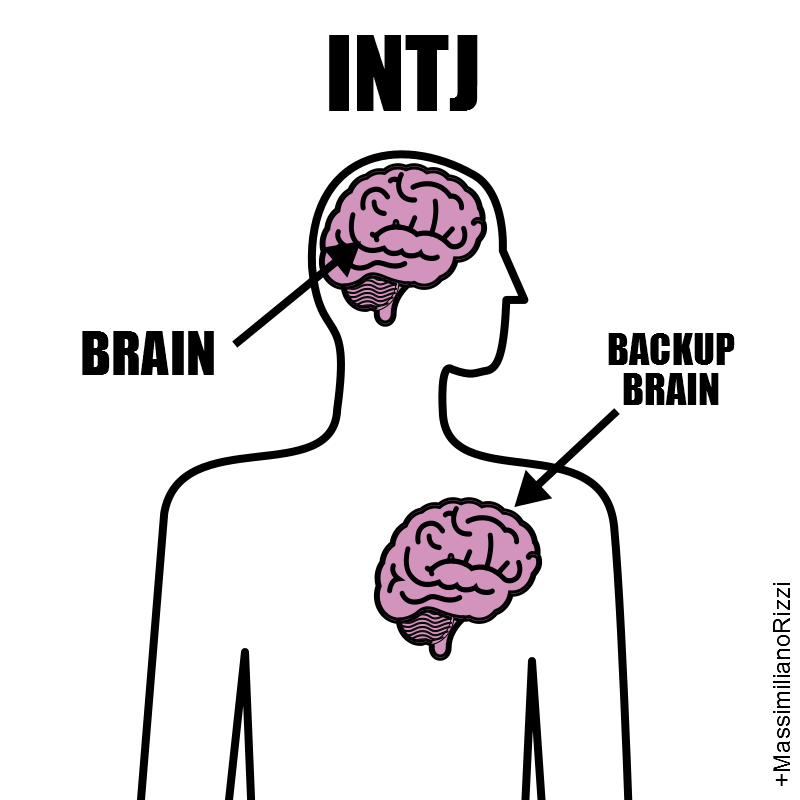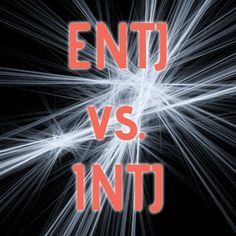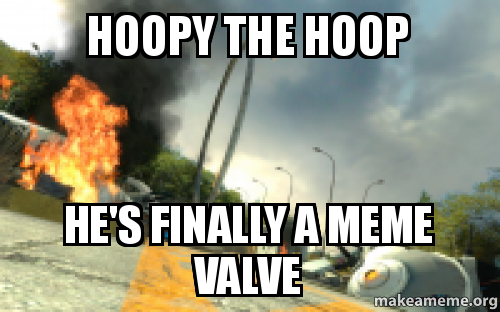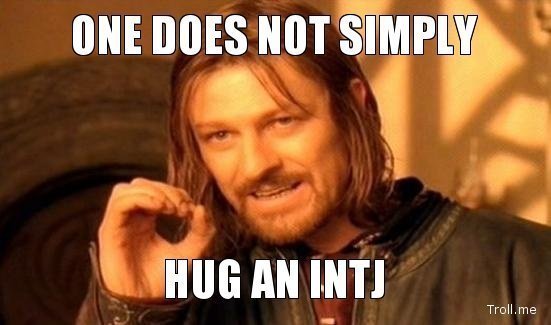
Sponsor-Sponsee Relationships
What is a sponsor? Thank you Mr. Macguffin I would love to answer that! Well, in essence, it is someone/thing that influences your decisions due to a prior exposure, a sort of scratch-get-scratch mentality. However, in the case of literacy, a sponsor is someone who helps you improve your literacy: to use the machine, technology, or syntax available to creat a better product. A person in which improves your writing though does not destroy your own voice is the best possible sponsor. In this new technological era our sponsors include, though are not limited to, those that aid us in finding our own voice in company with new social medias (cough Twitter, Youtube, Facebook, and countless others, end cough). In the article #PleaseHelp: Learning to write (again) on Twitter, Keri Franklin suggests that her colleges @stevejmoore and @tmmaerke, as well as several other twitter articles are the sponsors of her literacy. This leads to a new idea of sponsor, no longer is a sponsor an editor that overlooks your work, or even a specific professional, instead there is a sort of informality and freedom in sponsor-sponsee relationship.
The sponsorship in the print-based world would be a strict relationship, a sort of teacher-student relationship. The teacher introduces you to opportunity, trains you, and helps you improve according to the teachers own conscious or subconscious biases. The student, under the impression that the teacher is already more knowledgeable attempts to, if not copy, absorb what they think is the best of this teacher and adding their own style gradually. However, there is already a sort of power dynamic, a void to fill. The teacher is the ‘professional style’ while the student is the ‘unprofessional/unrefined style.’ That already makes one right and the other wrong, even if that is not truly the case. So if this is the style of old is there a change in our sponsor-sponsee relationship today?
Thank you Mr. Macguffin I was getting to that… Change is inevitable, and sponsor-sponsee relationships are no different. The largest difference being a new mentality, or outlook, over the sponsor. The sponsor is no longer this master of the specific art; at times, a sponsor is an equal. In Keri Franklin’s example, it is her colleges that sets her on her Twitter education and though she admits to looking at other ‘professionals’ these same ‘professionals’ also seem to have both failings and successes in the new medium. She mentions, “Sometimes I would read a fantastic link, but the text of the tweet did not reflect the quality of the link. So, it wasn’t enough to be concise, the tweets were headlines or signposts that allowed readers to see that this tweet included an interesting link.” This murks up the waters between the ‘professional’ and ‘unprofessional’ styles when both tend to make mistakes. In fact, it is her own attempt to understand what makes a good tweet that allows her to look critically at the professionals. With such a drastic difference is there any familiar elements between these two sponsor-sponsee relationships?
Once again Mr. Macguffin, your ability to bring about the next paragraph is remarkable, I would say yes. In both the print-based age and the digital age the sponsee seeks to improve their own particular style by looking and mimicking the sponsor. Just as Keri Franklin looks at her colleges and other twitter sources, weighing the pros and cons, so too did the up-and-coming reporter look to their own colleges. No sponsee seeks out the work of a simple scribe, duplicating the same style and idea of their sponsor like sheeple. A sponsee’s end game is to improve their own style and introduce new ideas atop of the ideas of old, perhaps even surpass their sponsor. Though I would claim that the digital age gives us a wider data base to expand on and find our own unique voice, both era’s sought out this improvement. In essence, the objective has not changed, only the process. Now let us talk about fails baby, lets talk about me, me, me.
Just about an hour or so ago I was doing a Twitter assignment for another class, for the curious mind I was to find a political opinion of Milton’s and share it under the hashtag of engl260, a simple task… for the technologically literate. As for myself, I wrote the Twitter and tweeted it out… to absolutely no one because instead of adding a hashtag I decided to simply write engl260. I mean hashtags are for conformists right! So, just like Keri Franklin, I failed at tweeting, unlike her I still find Twitter a tedious and pointless media outlet I never wanted. How about another digital literacy fallacy?
Well, Mr. Macguffin, I do not know if I would call this a fallacy but my excessive use of INTJ images for my blogs must speak volumes–or perhaps whispers–of me. While most posted images have a sort of purpose to their assigned blog I tend to default to an INTJ image as if to stress my INTJness. I suppose the argument could be made–to which I would claim–that the image is to give the audience a glimpse of the writer as opposed to the text however this argument is horrible flawed. For one, the most INTJ person would probably post an image related to the blog as it would add visual stimuli to their argument. Second, a person’s writing should reflect that person a lot more than a personality type made chiefly by two people, by which I mean Briggs and Myers. Lastly, the image for this blog makes no sense, if I had a secondary brain in my heart cavity blood would stop circulating through my body thus depriving it of oxygen and killing me. Silly image, being illogical and thinking I would not notice…




 Website:
Website: